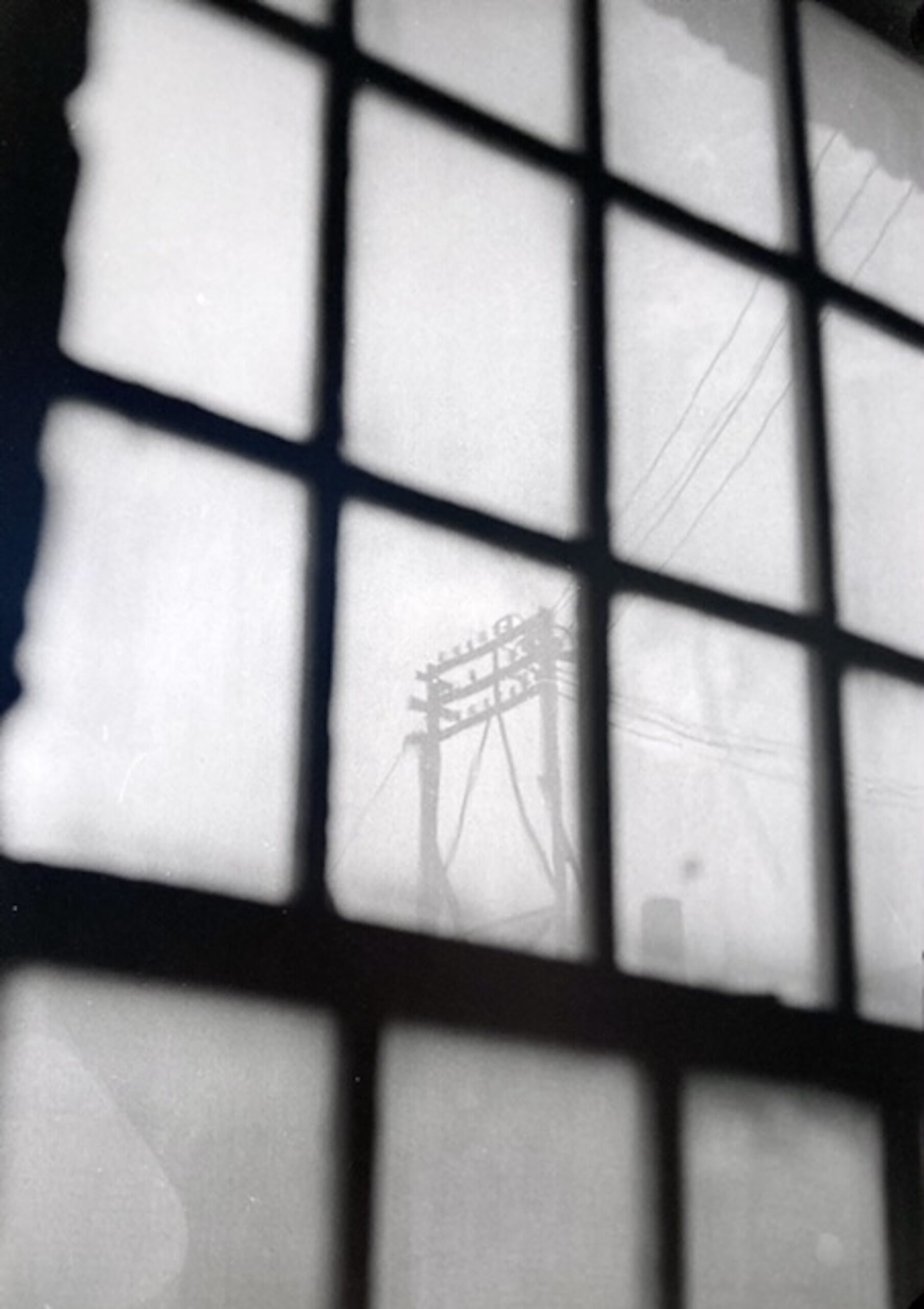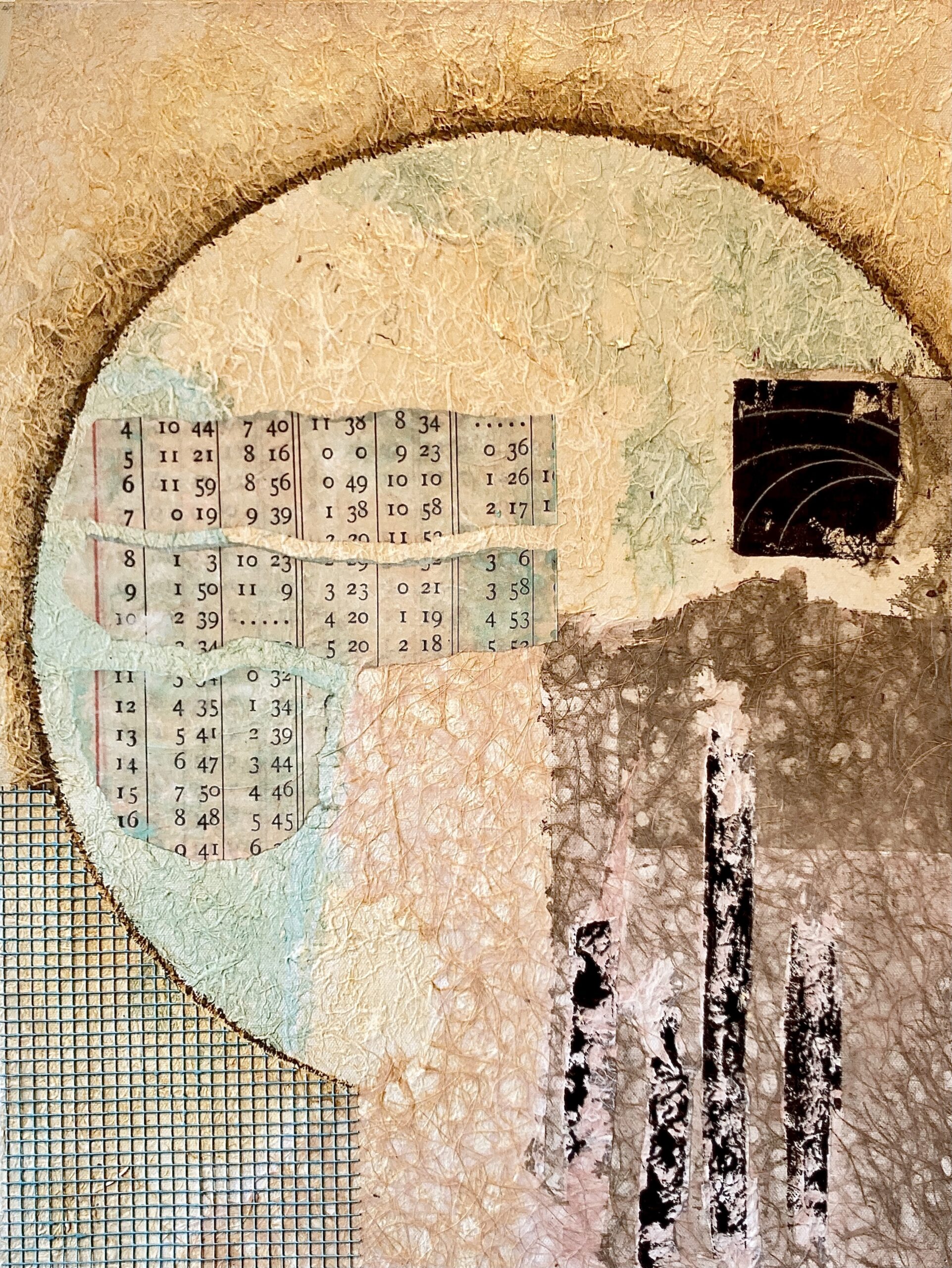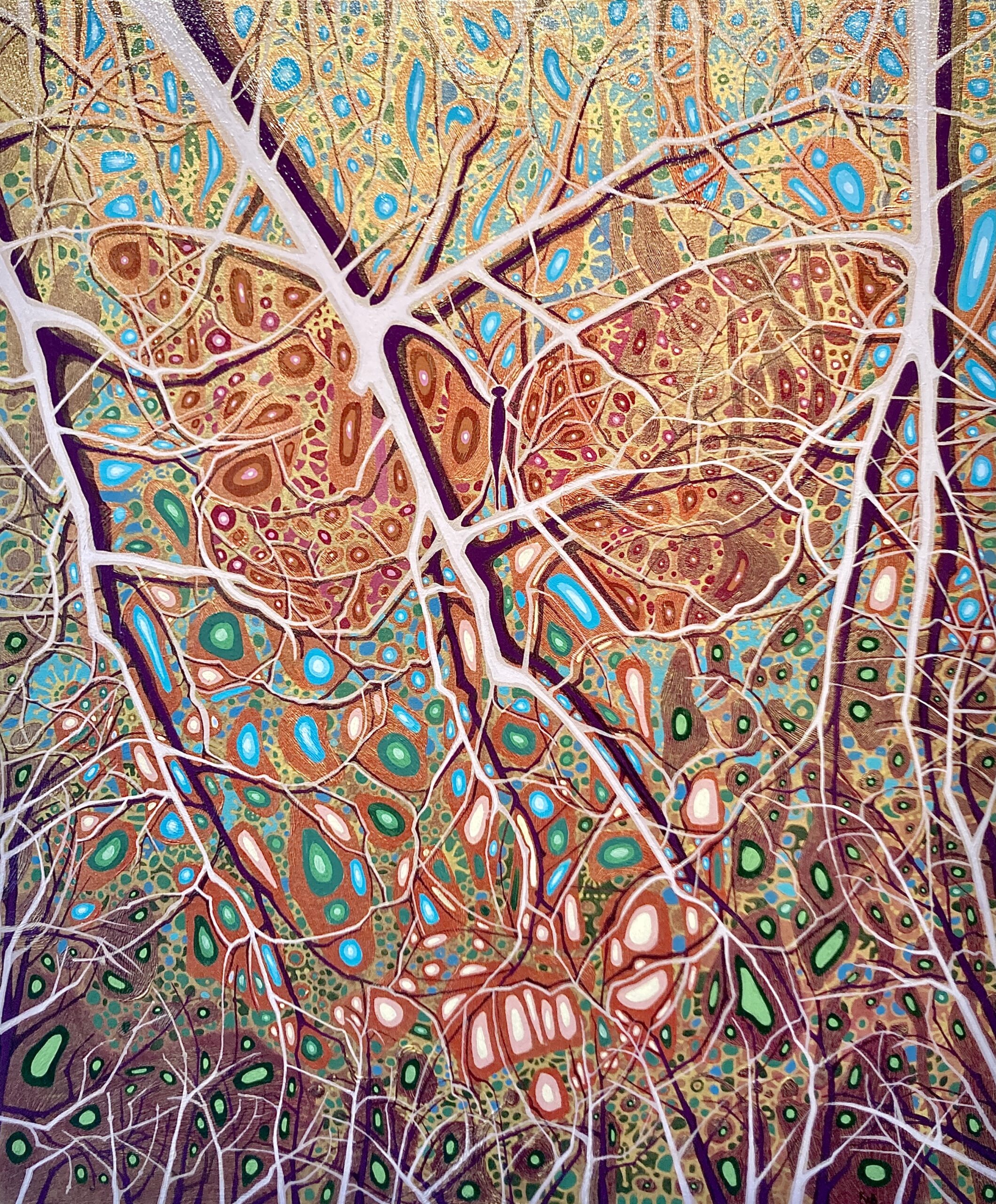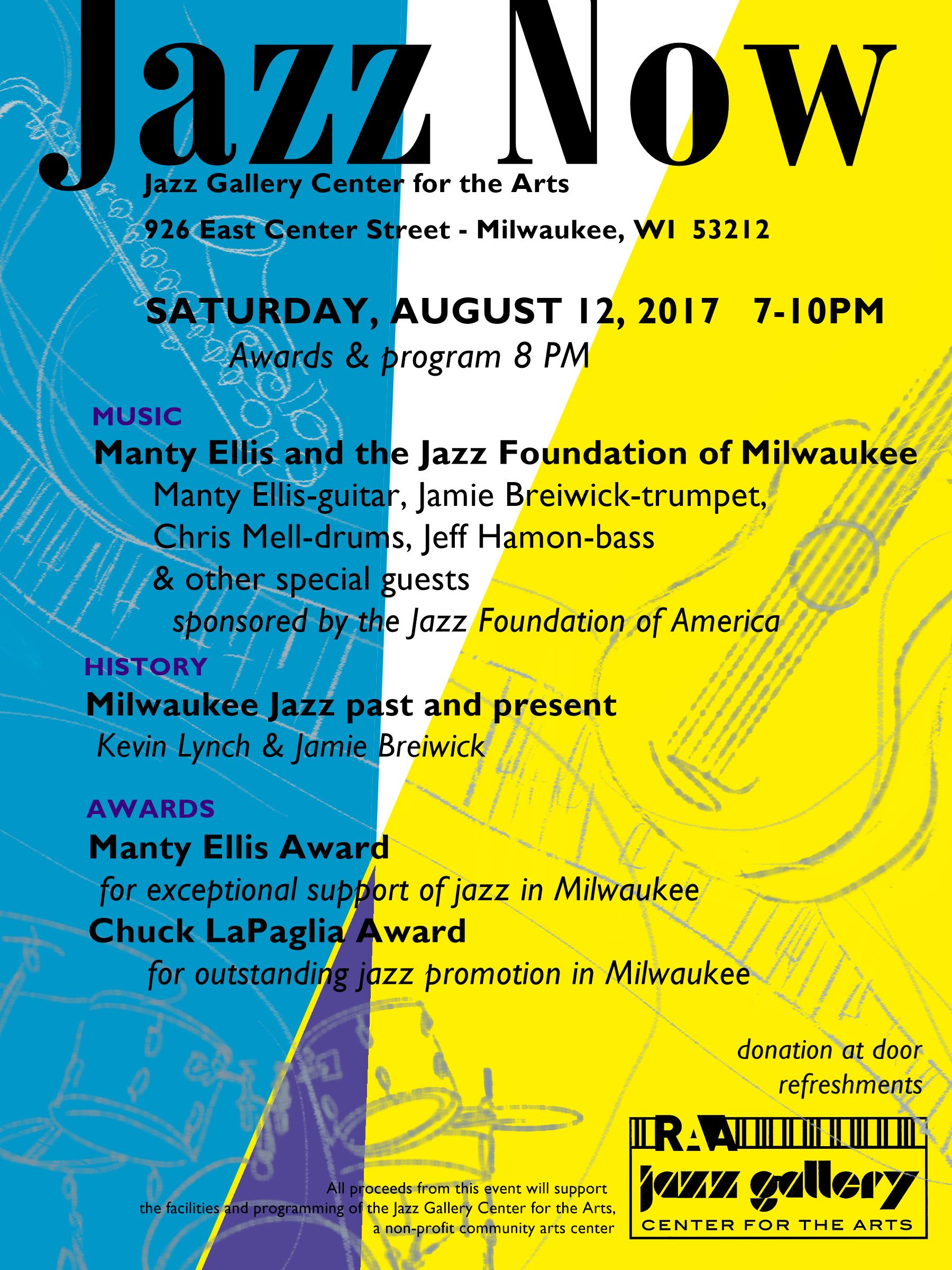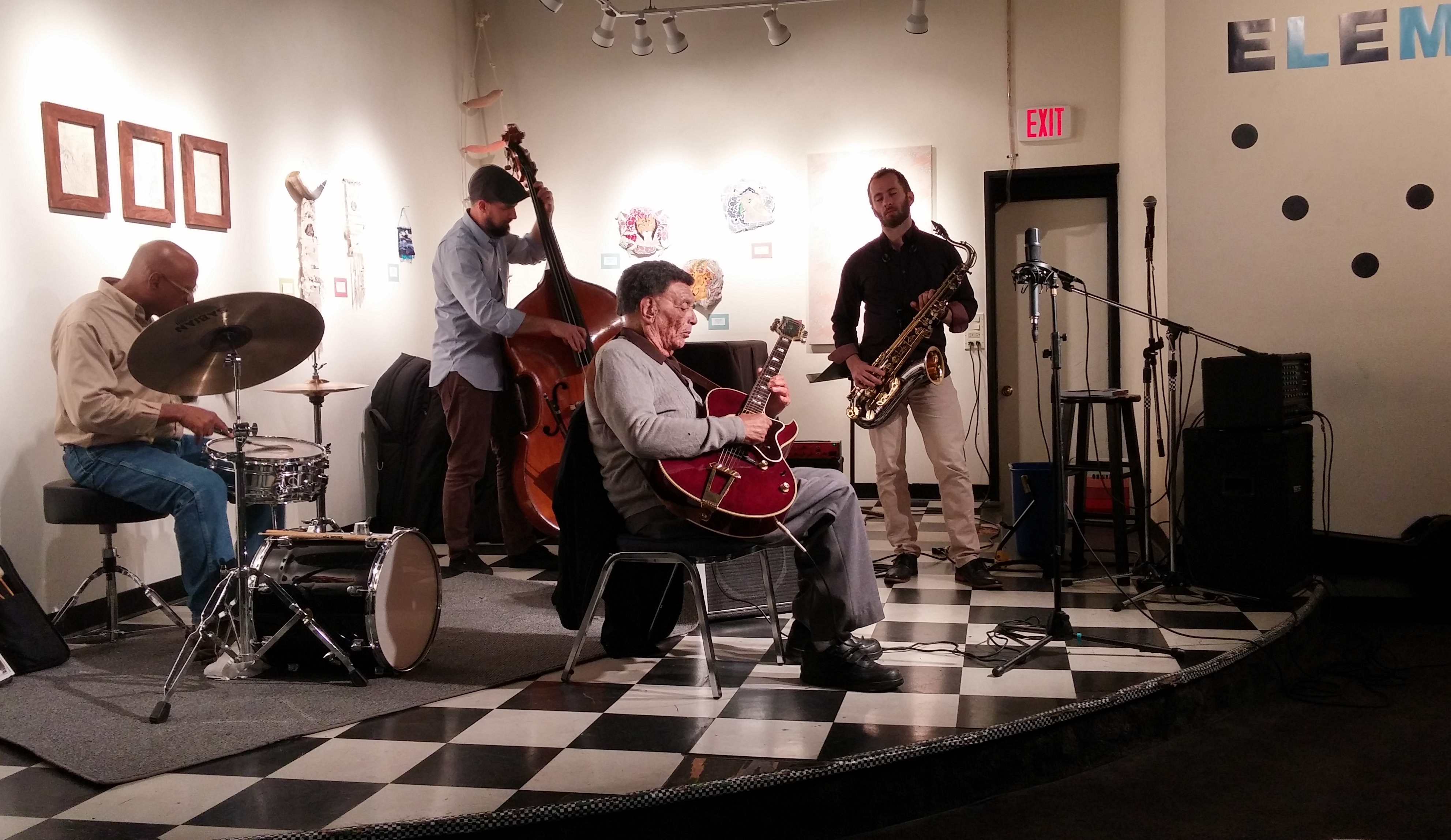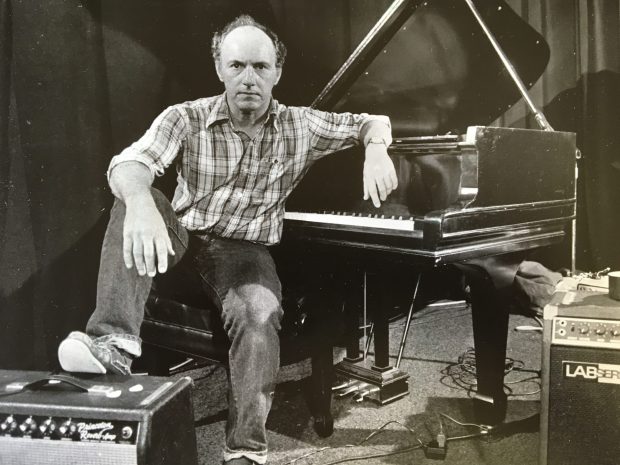
The Jazz Gallery Center for the Arts in 2020. All photos by Elizabeth Vogt.
The Mark Davis Trio (L-R, Davis, Dave Bayles, Jeff Hamann) at the JGCA Pianofest.
As an arts journalist, I have no formal affiliation with The Jazz Gallery Center for the Arts. Nevertheless I’m very interested in seeing it not only succeed, but grow and evolve. My motives go back to it’s nominal inspiration, the original Milwaukee Jazz Gallery at the same location.
The vibrancy of that community-oriented music venue was a key factor in my early journalistic career when, in 1979, I started covering it and other jazz (and other music and arts) in a surprisingly blossoming local scene for the pre-merger Milwaukee Journal 1
Today’s JGCA is a more formal non-profit arts organization, heretofore mainly run by dedicated volunteers. It has steered through many lean financial years with dogged determination, vision, applied talent and important involvement from Milwaukee’s Riverwest community.
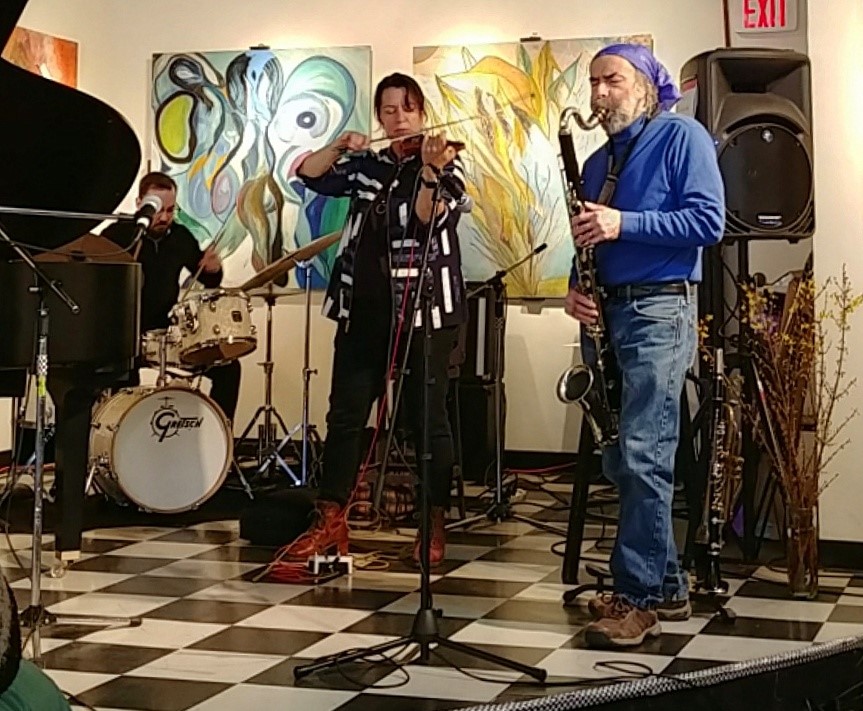
Drummer Paul Westphal, violinist Linda Binder and bass clarinetist Rick Ollman at the JGCA Seeds Sounds concert series.
The JGCA emerges from the pandemic with growing optimism and even a successful visual arts business year, according to organization president Mark Lawson. The venue’s excellent recent group art exhibit, ReBegin, reflecting on the pandemic experience — which I reviewed for The Shepherd Express and this blog — is an example of its current artistic viability, even if they haven’t had live music since the pandemic shutdown. Lawson says he anticipates live performances returning to the center “sometime in July.”
So, the JGCA is ready to hire its first executive director, a paid, part-time position that could evolve into a full-time job. They are advertising for the position on their website, linked here, with details on the job: JGCA executive director job post
Applications are being received through June 25.
If you are a creative, take-charge person dedicated to the performing and visual arts, and have the right stuff to lead a small but serious arts organization, you might be the person for this job. I imagine, especially among the millennial and Gen-X generations (or perhaps even some baby boomers), there are a number of people in this region who could do this job, especially considering the many under-employed but talented, experienced and aspiring professional people with liberal arts orientations. The center’s music side is geared to jazz, free-improv, experimental music, and hip-hop, etc., but the new ED could help shape that direction as well.
The center owns a fine Yamaha baby grand piano and raised funds for significant recent building renovations and upgrades, including a new digital recording-quality sound system.
Bader Philanthropies, The Greater Milwaukee Foundation, and other funding sources, including many individual donations, have greatly aided the center’s viability.
If you read about the position here and apply, let them know (and let me know) you read about it here.
Good luck to all candidates and the JGCA, and more power to the best person who gets the job.
_______________
1 This writer’s work from that period, and that of other journalists, is documented in Milwaukee Jazz Gallery 1978-1984, an anthology of press coverage and other memorabilia, from founder-owner Chuck LaPaglia’s remarkable grassroots arts venue. The venue gained a strong reputation among many touring jazz musicians. The anthology is available at the JGCA, Boswell Books, Woodland Pattern, and through Amazon.


